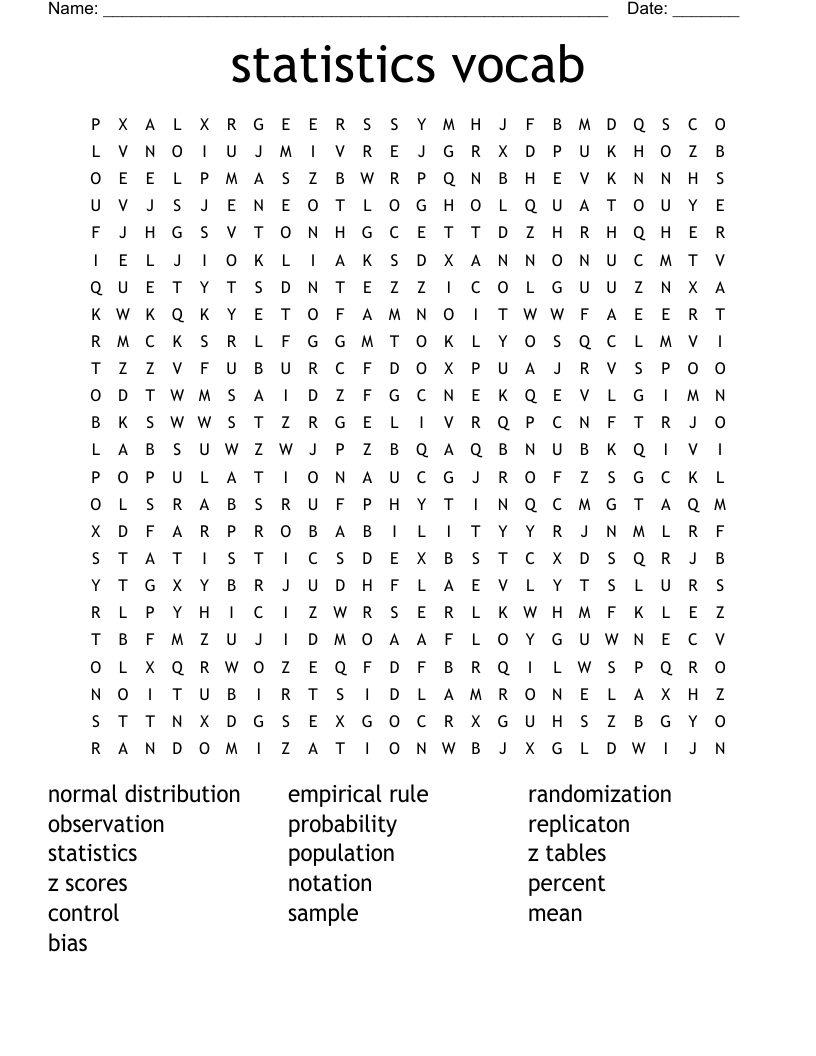Statistics is a branch of mathematics that deals with the collection, analysis, interpretation, and presentation of data. It plays a crucial role in various fields such as science, business, and social sciences. Understanding statistics vocabulary is essential for interpreting and communicating data effectively.
Whether you are a student, researcher, or professional, having a good grasp of statistics terms can enhance your ability to make informed decisions based on data.
List of Statistics Vocabulary with Definitions
- Mean: The average value of a set of numbers calculated by adding them up and dividing by the total number of values.
- Median: The middle value in a set of numbers when they are arranged in numerical order.
- Mode: The value that appears most frequently in a set of numbers.
- Variance: A measure of how spread out the values in a data set are from the mean.
- Standard Deviation: A measure of the amount of variation or dispersion of a set of values.
Understanding these basic statistical terms can help you analyze and interpret data more effectively. Mean, median, and mode are measures of central tendency, while variance and standard deviation provide information about the spread of data points.
In addition to these terms, other statistical vocabulary includes concepts such as correlation, regression, probability, hypothesis testing, and confidence intervals. These terms are used to analyze relationships between variables, make predictions, assess the significance of results, and estimate the range of values where a population parameter is likely to fall.
By familiarizing yourself with statistics vocabulary and definitions, you can better communicate with others in the field, understand research findings, and make informed decisions based on data analysis. Whether you are conducting a study, interpreting survey results, or analyzing business metrics, having a solid understanding of statistical terms is essential.
In conclusion, statistics plays a crucial role in various aspects of our lives, and having a good grasp of statistical vocabulary can enhance your ability to work with data effectively. By learning and understanding key terms such as mean, median, mode, variance, and standard deviation, you can improve your data analysis skills and make more informed decisions based on evidence.
